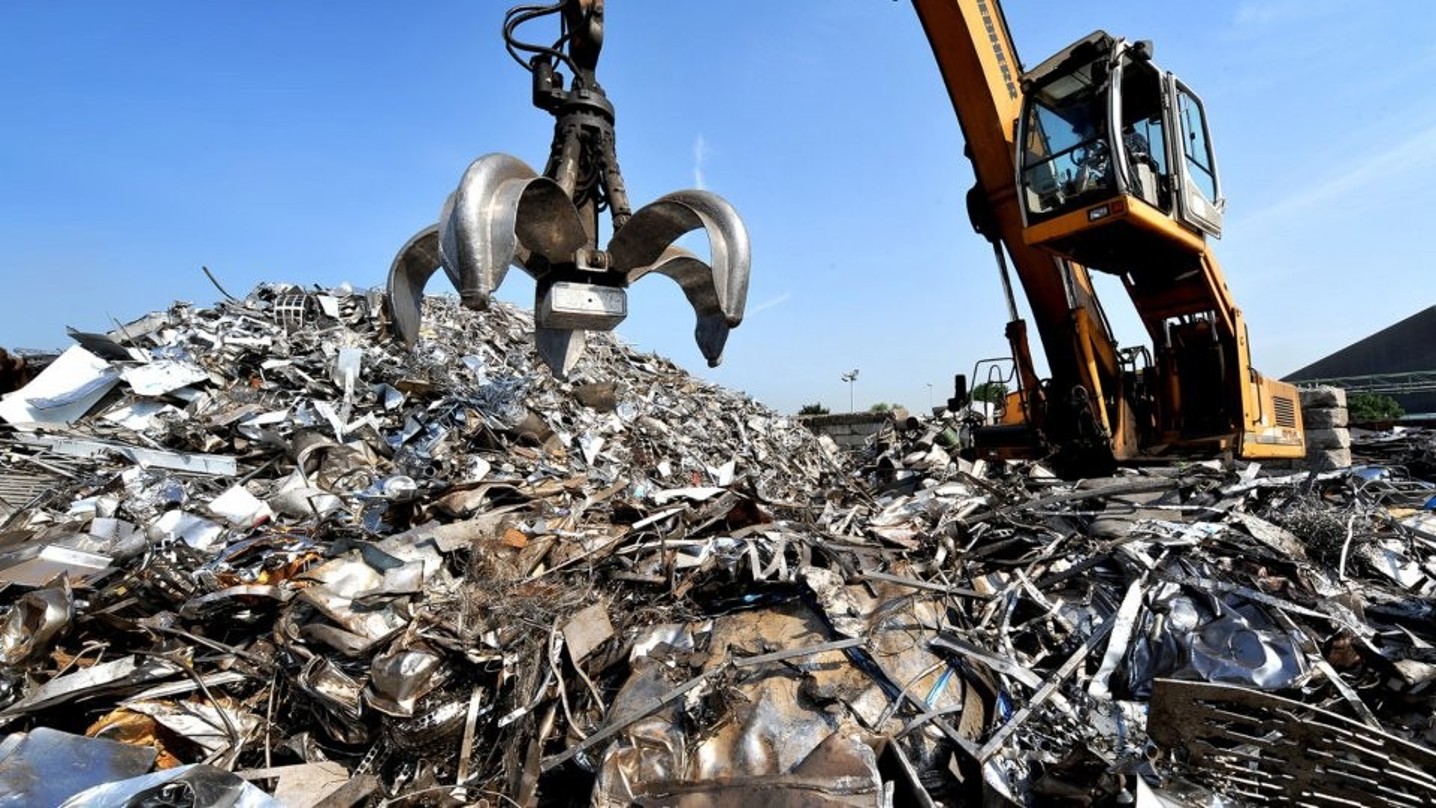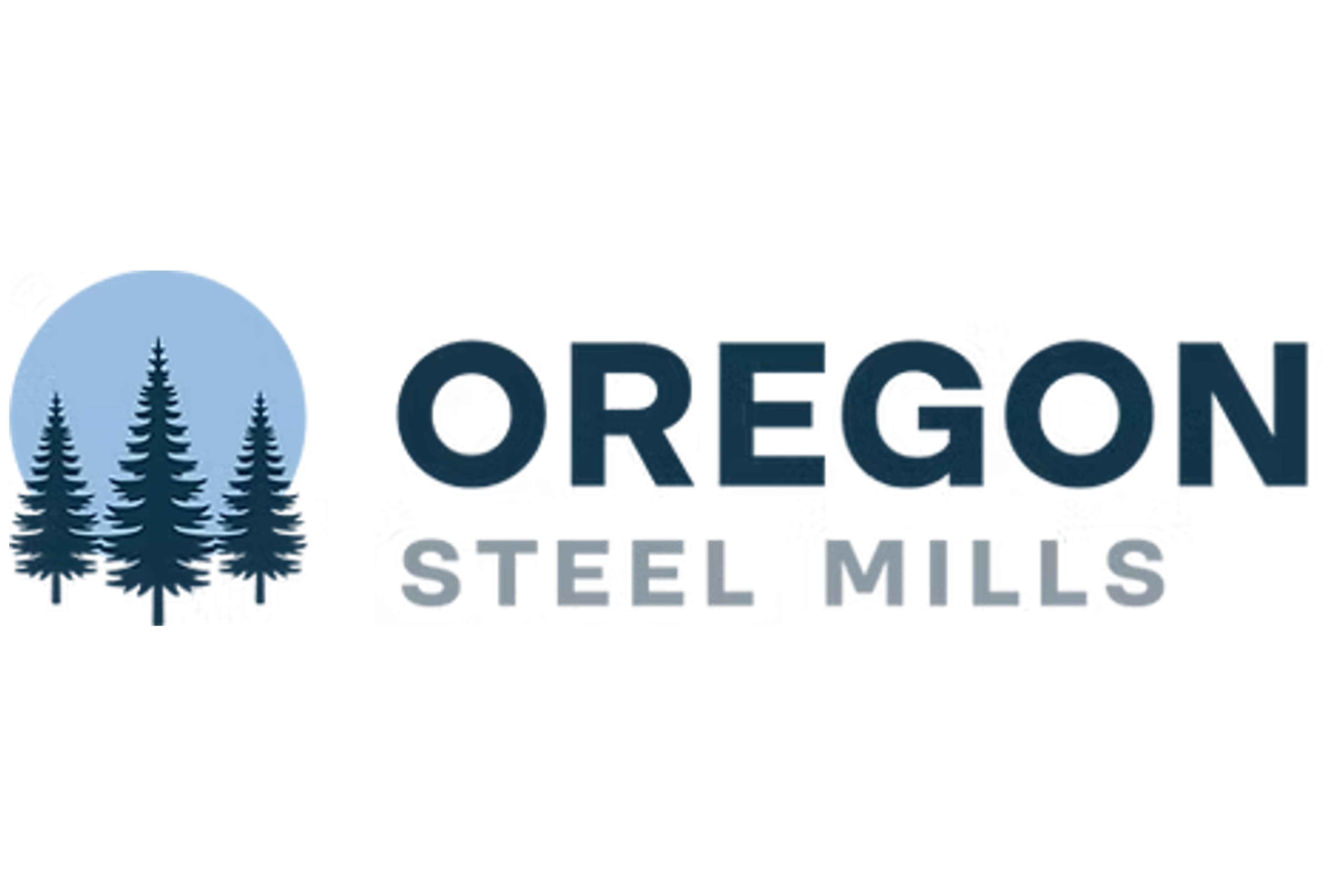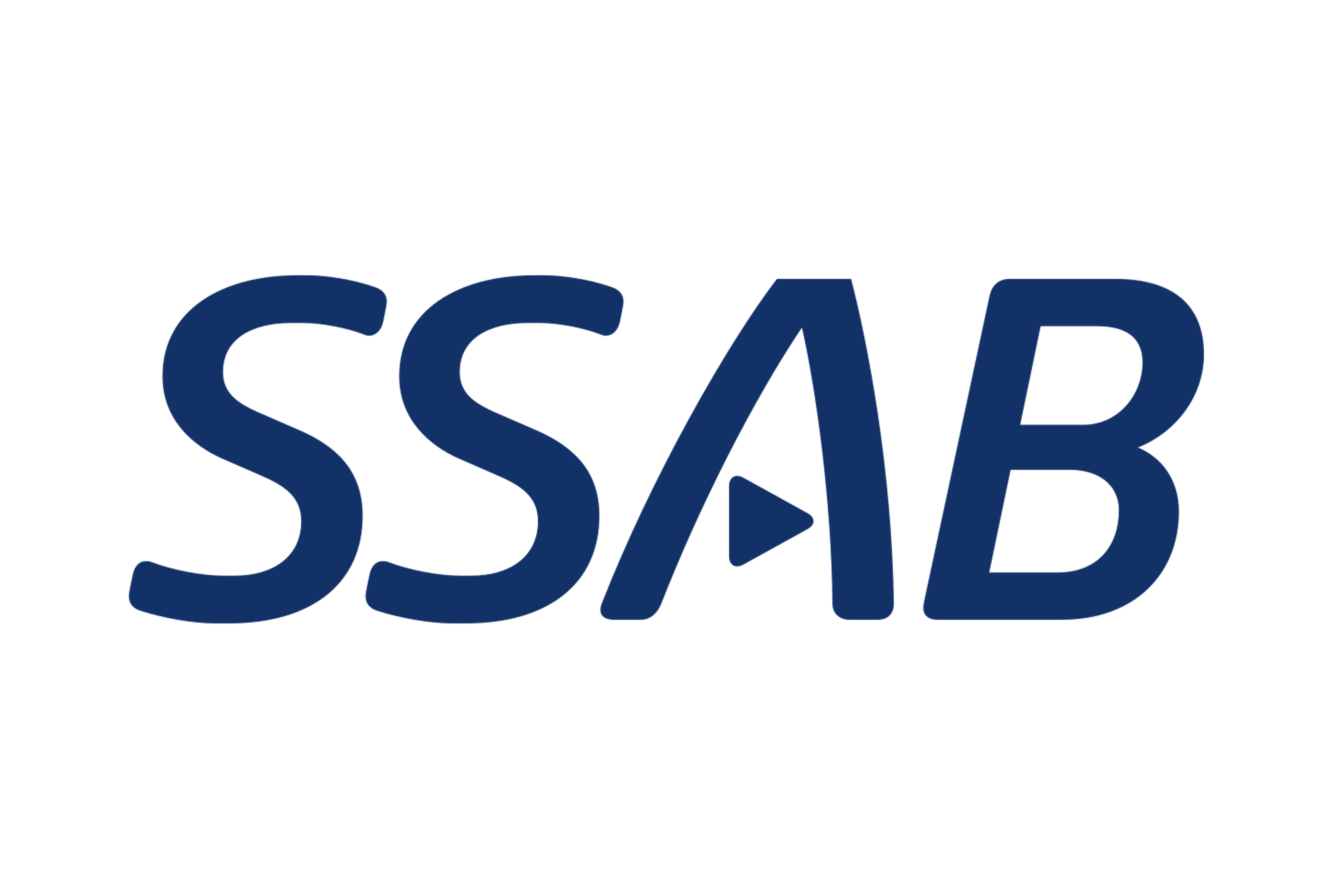Analysis

May 24, 2022
Final Thoughts
Written by Michael Cowden
Prices are down across the board this week. That’s not new if you’ve been paying attention lately.
Price increases are often announced. Decreases rarely are. What’s new is Nucor’s almost aggressively transparent pricing strategy – announcing not only price increases but also flat and decreasing prices. That is new on the sheet and plate side of things. We’ll see how it plays out in the months ahead, especially if prices continue to fall.
Speaking of new plate pricing mechanisms, it will also be interesting to see what happens with SSAB America’s raw material surcharge (RMS). It was rolled out when scrap prices surged followed the outbreak of war in Ukraine. What will happen with that RMS now that scrap prices are falling?
Let us know your thoughts!
 Also, we don’t want to get too bearish on plate. We’ve heard from some of you that demand is slowing. But others say business is just as strong as ever and will only improve as we get closer to 2023, when infrastructure spending is likely to be a bigger factor in the market.
Also, we don’t want to get too bearish on plate. We’ve heard from some of you that demand is slowing. But others say business is just as strong as ever and will only improve as we get closer to 2023, when infrastructure spending is likely to be a bigger factor in the market.
Heck, we’ve even heard from some who say they are seeing export opportunities for plate to Europe. It will be interesting to see whether that’s a one off or a trend. I don’t recall that last time US plate exports to Europe were a thing. But it’s one to keep an eye on as new capacity comes online and should US prices continue to move lower.
I suggest that in part because some of that new capacity – think Steel Dynamics Inc.’s new plate mill in Sinton, Texas – is capable of making sheet in thicknesses that can compete with plate. I suggest it too because the EU has lost key plate suppliers in Russia and Ukraine: Russia because of sanctions and Ukraine because of war. Azovstal, in Mariupol, has, like the city, been destroyed. No doubt many of you have seen the images, including of its plate mill – or what is left of it.
Others of you, I’m sure, will flag all of that as wishful thinking. So let’s put the various theories about demand and market trends aside for a moment and focus on what we know, or at least what we will soon know, about both sheet and plate.
What to look for in our next survey
We’ll release our full survey results on Friday. More on that in a moment. Before we do that, we’ll release updated lead time and mill negotiation figures on Thursday.
The data is still coming in, and I haven’t looked at it myself yet. (PSA: please participate in survey if you haven’t already.) I am assuming that lead times will continue to move lower. But perhaps not by much. Lead times typically move up and down before prices do. They have already fallen by more than a week in the case of HRC, and there isn’t a lot of room for them to make similar declines in the weeks ahead before you start bumping up against the physical realities of how long it takes to make steel.
I think we could well see more mills willing to negotiate lower prices. Because while lead times are within historic norms, prices are not – and with raw material costs coming down, mills can reduce prices and still remain very profitable. Added bonus: Lowering prices now will also dissuade buyers from purchasing imports for Q3/Q4 delivery. I think we might well see imports decline in that timeframe. My concerns as far as import competition goes is the near term. How many offshore tons were purchased in March in the scramble for material that followed the outbreak of the war?
As for the full survey, which comes out on Friday, I’d keep a close eye on whether service centers are continuing to lower resale prices. I’d also keep an eye on the percentage of respondents who are saying they are reducing inventories. Recall that a month ago, only about 3% of survey respondents said service centers were reducing resale prices. Two weeks ago, in our last survey, that figure jumped to 42%. The lesson: One week’s outlier is often the next week’s established trend.
And I wonder if we’ll see that when it comes to inventories too. A month ago, no one we surveyed said they had too much inventory and were looking to decrease stocks. Around 80% said inventories were in balance. The rest said were building stocks or soon would. Two weeks ago, a similar ~80% said their inventories were balanced. But 11% said they had too much inventory and were looking to liquidate some of it. I’m guessing that latter figure will increase when we see the full results on Friday. Last survey’s outlier could be this survey’s trend.
The result: We could see a significant increase in supply – from lower-priced domestic steel, from imports, and from service centers looking to move inventory.
And while we’re on the subject of inventories, let’s consider this. Smart buyers might have bought the dip in mid-February, and then taken the opportunity afforded by the war in Ukraine to unload high-priced inventory in March that had been purchased in late Q4 or early Q1.
But what about people who, fearful of a repeat of 1H’21 (namely, not having enough steel), loaded up on high-priced inventory in late Q4 or early/mid-January and then again after the war? In other words, how many people have more inventory than they’d like and at prices that might be underwater now?
I hope the answer is not many. Because the other thing I’m getting concerned about is demand. The anecdotal stuff is all over the place depending on who you talk to, what markets they serve, and where they are located.
What we can say for certain is that our survey data has shown demand as stable despite all the market gyrations of the last few months. What’s notable is that fewer and fewer people are saying that demand is growing. And that’s a change, especially compared to this time last year, when demand was growing at a rapid clip.
I’d keep a close eye on our survey results on Friday to see whether the number of people reporting increasing demand (the green bars) continues to slip and whether we might see an increase in the number of people reporting decreasing demand (the red bars).
That’s it for now. Thanks to all of you for your time and for your support of Steel Market Update.
By Michael Cowden, Michael@SteelMarketUpdate.com







